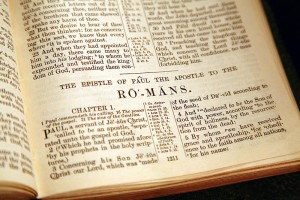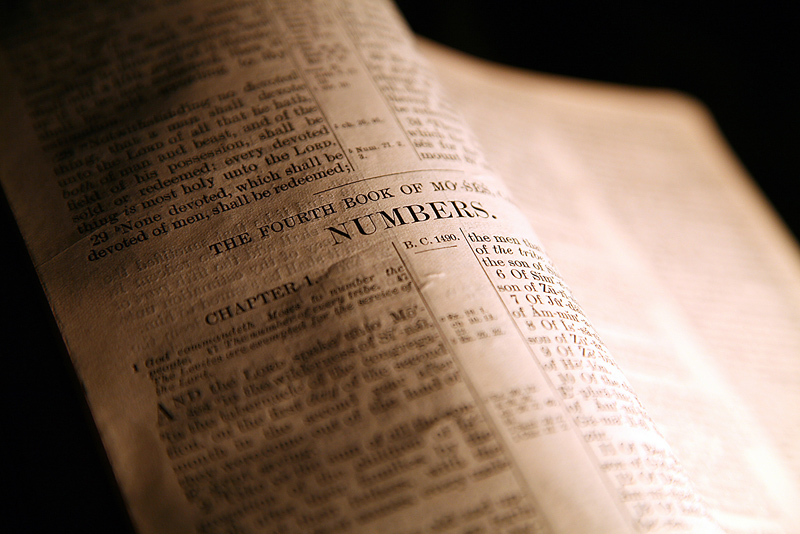
A marriage of cosmic proportions is about to take place between Yeshua the Messiah and his saints who keep his commandments, have the testimony or faith of Yeshua, who are washed in his blood and follow him (the Lamb) wherever he goes. This ministry is dedicated to helping to prepare you (the bride) for Yeshua (the Bridegroom). The Song of Solomon is a poetic and romantic picture of this wedding process.
Maybe this will give you a different, more Hebraic, perspective on the Song of Solomon—the most romantic book in the Bible.
The Three Main Phases to the Jewish Wedding and the Biblical Feasts
1) Betrothal (Shitre Erusin) – Passover, Unleavened Bread and Pentecost
2) Consummation and the Wedding Feast (Nesuim) – The Feast of Trumpets, Day of Atonement and Feast of Tabernacles
3) Together for Eternity (Olam Haba) – The Eighth Day picturing the New Jerusalem
The Three Main Phases and Sub-Phases of the Wedding in the Song of Solomon
Song 1:1–3:5 — The Betrothal Phase (Erusin)
a) The Ketubah. The young man prepares a marriage contract or covenant which he presents to the young woman and her father called a ketubah (writing). This is a formal written document which stipulates the terms of the proposal he is making.
b) The Bride’s Price or Mohar. This is the price the young man is willing to pay the father for the father’s permission for the young man to marry his daughter.
c) The Cup of Acceptance. If the marriage contract and the bride’s price are acceptable to the father, the young man would pour a cup of wine for his intended and would hold it out to her. If she would accept it and drink it then this would be her acceptance of his proposal. The bridegroom would then prepare for the joyous occasion of the upcoming marriage by bringing gifts for his beloved which would be tokens of his love for her. After the young man left to return to his father’s home, the bride would begin to prepare herself for the upcoming marriage ceremony. She would start with a ceremonial cleansing (or mikveh) whereby she would purify herself in preparation for her husband. At this point the young couple were betrothed.
The Preparation Phase
a) The groom would go to prepare a place for her. Though the couple was legally bound in marriage they would not cohabit. The groom would return to his father’s house and begin to prepare a wedding (honeymoon) chamber for his wife. This process would take up to a year or more. Only when the father of the groom would approve that the chamber was ready would the groom be released to get his bride.
b) The bride would make herself ready. While the groom was preparing a place for his bride, she would be busy preparing herself by making herself beautiful. When the young bride would leave the house she would wear a veil to show that she was “spoken for” and that she was no longer available since she was “bought with a price”. She was consecrated to her bridegroom.
Song 3:6–6:1 — The Reunion Phase
a) Upon receiving word from the father the wedding chamber was complete, the groom would steal away to fetch his bride. She would not know the day or the hour of his coming, so she had to be continually ready for his arrival. She had to be ready at a moment’s notice. She and her bridesmaids had to make sure they had plenty of oil in their lamps in case he came at night.
b) Coming for the bride. The coming of the groom would be a surprise to the bride. He would come accompanied by his two groomsmen (or two witnesses). When the wedding party would get close to the bride’s house they would give a shout and blow the ram’s horn (shofar) to let the bride know they were coming. They would charge right into the house and carry off the bride and bridesmaids.
Song 3:6–8:4 — The Wedding Phase or Nuptials (Nesuim)
c) The wedding party would arrive at the groom’s father’s house where the newlyweds would enter the wedding chamber and consummate the marriage and honeymoon for seven days. This established their covenant union. During intercourse, blood is spilled proving that the bride was a virgin.
The Celebration Phase
The celebration would last for seven days while the newlyweds are in celebrating their honeymoon. Following this would be the marriage supper which is given in honor of the newlyweds.
Song 8:5–14 — Eternity Together (Olam Haba)
The newly married couple begins life together.





